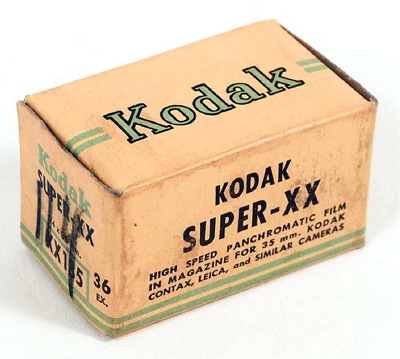 [In a previous Guest Post series, military historian Charles Herrick dug out the documentation and painstakingly tracked the route Robert Capa’s films would have taken before John Morris actually got his hands on them in LIFE‘s London office. His analysis made it clear that, in order to meet LIFE‘s deadline for its upcoming D-Day issue, Capa believed he had no choice but to leave the invasion front in order to ensure the timely arrival of his films at LIFE on the evening of June 7.
[In a previous Guest Post series, military historian Charles Herrick dug out the documentation and painstakingly tracked the route Robert Capa’s films would have taken before John Morris actually got his hands on them in LIFE‘s London office. His analysis made it clear that, in order to meet LIFE‘s deadline for its upcoming D-Day issue, Capa believed he had no choice but to leave the invasion front in order to ensure the timely arrival of his films at LIFE on the evening of June 7.
But that still left several questions unanswered:
- While on Easy Red, Capa presumably had another option — that of turning his film over to a military courier assigned to that sector of the beachhead for transport to England, according to a plan put in place by Supreme Headquarters Allied Expeditionary Forces (SHAEF). This would have enabled him to stay with the troops and cover the first days of the invasion from the front — the story of a lifetime, a war photographer’s dream assignment. Why didn’t he do so, and what would likely have ensued with his films had he made that choice?
- What system did SHAEF in fact have in place to transmit news reports, photographs, and films generated by accredited journalists from the invasion front? And how did that work out?
So I asked Herrick to grab his pick and shovel yet again, in order to excavate the relevant materials from the military archives.
I find what he dug up both fascinating and illuminating, and hope you will too. The third part appears below; the conclusion will follow shortly. Click here for Part 1, and here for Part 2. — A.D.C.]
•
Legend of the Lost Film (continued)
by Charles Herrick
•
Chaotic Reality
… There is no need to invent a clumsy courier to account for lost film or other press products that went astray on D-Day. The real explanation is far simpler. The Army is a giant system of systems in which every unit plays a part. The challenge with amphibious operations is that they temporarily disassemble those units and systems, distribute them across thousands of landing craft, and hurl them on a defended shore where they are expected to fight and win, even as the multitude of fragments slowly reassemble and coalesce. Even in victory it is a messy process, merely a step removed from bedlam.
The question shouldn’t be “Why was there so little film?” It should be “How did they manage to shoot and transmit as much as they did?” The entire process relied on an uncertain chain of events. Not only were there very few still photographers and cinematographers ashore in the initial hours, as indicated previously, but they had to contend with combat and the associated dangers. One contemporary monograph provided better, if generalized, context:
“The men shot pictures of the landing from their craft, but the motion picture film was lost when the cameramen and their equipment were submerged. When these men hit the beach, they were pinned down for 12 hours but after they dried their equipment they shot pictures of beach activity.
“Several members of the company were killed, wounded, captured by the enemy and reported missing in action.”[1]
Note that the company’s monograph placed responsibility for any loss of film on debarkation in the surf. It quite easily could have placed the blame on the mysterious courier, but didn’t mention anything of the sort. That should be a clue.
The challenges of getting journalistic products off the beach were illustrated by the experiences of a three-man press support team from the 72nd Publicity Services Battalion that landed on Omaha Beach on the afternoon of D-Day. Their job was to provide initial support to correspondents landing there. A lieutenant and a reporter landed first, but lost the antenna to their Morse code radio set. The rest of the team and a second reporter were delayed due to a collision between landing craft; when they did land, their jeep tipped into a runnel and disappeared underwater, taking with it their second radio, their wire-recording machine, and all the copy the reporters had prepared up to that time. They had no means of communications left.
Things did not get better once ashore. As copy from the several reporters piled up, the two lieutenants of the 72nd were having no luck getting the copy off the beach. LT Samuel Brightman tried to get carbon copies to the USS Augusta, but failed; straggler-control orders permitted only casualties to be taken off the beach. LT George Fuller and Tommy Grandin from the Blue Network (later ABC) took another batch of press copy and tried to hitch a ride on Navy craft directly back to England. They failed; the “no rides off the beach” orders foiled them, too.
They made another effort on D+3, loaded down with additional copy and film. This time they ran into two correspondents accredited to the Coast Guard aboard a beached landing craft and, with the aid of one of them, LT Fuller and Grandin were finally able to wrangle a ride off the beach in a boatload of casualties. It was not until the early hours of 10 June — D+4 — that they reached London with their copy and Grandin, a broadcast journalist, could finally get on the air. For his efforts, LT Fuller was threatened with court-martial for violating “the strict rule about going off the beach and back to England, had encouraged and actually assisted war correspondents to go with him.”[2]
•
Although this story involved civilian correspondents, combat cameramen faced the same hurdles getting their products out. The simple fact is that getting anything off the beach in the first week of the invasion was difficult, to say the least.
SHAEF’s records reflect this. On the evening of June 8, SHAEF sent a message under the signature of Supreme Commander Dwight Eisenhower (Figure 16) stating that no film had been received by the regular courier system and requesting that General Omar Bradley (commanding the two American invasion beaches) delegate an officer at Utah and Omaha Beaches to collect all still and motion picture material and return it to London.[3]
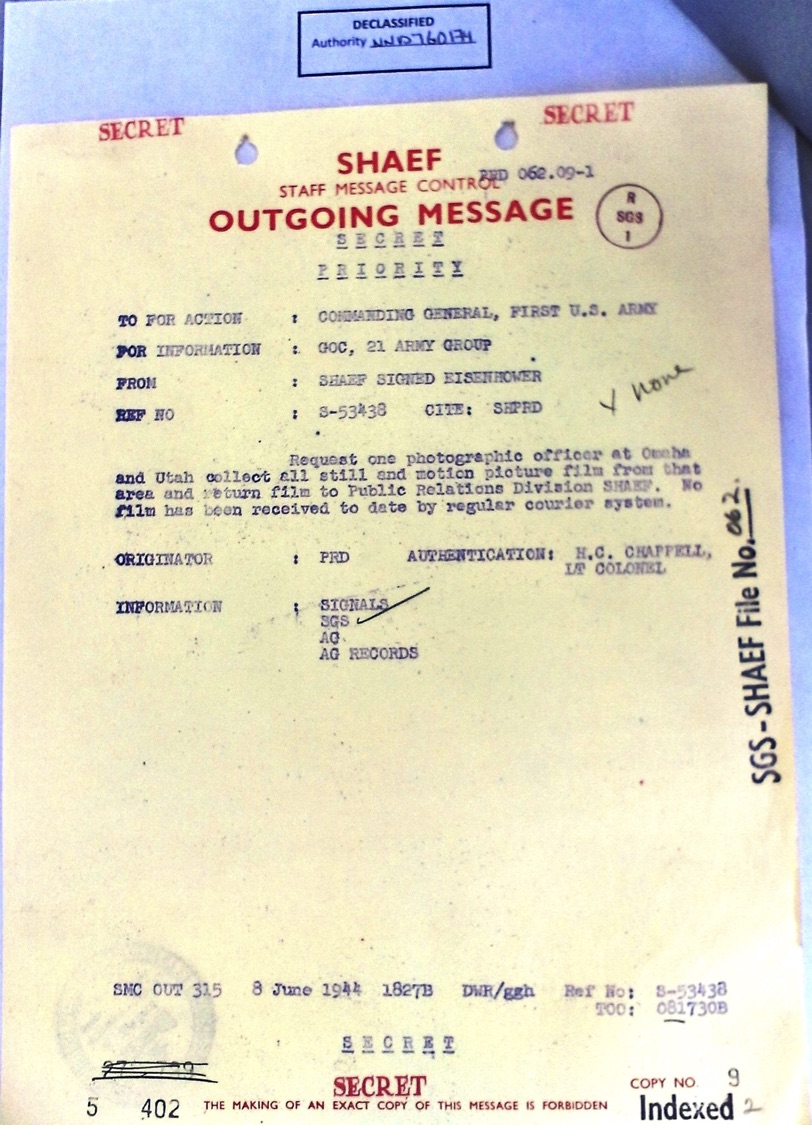
Figure 16. A June 8, 1944 SHAEF message from Commander in Cheif Dwight Eisenhower to Gen. Omar Bradley requesting delegation of an officer to collect film from Omaha and Utah beaches.
•
As the official history of SHAEF summarized it in a classic understatement:
“Naturally, in the initial period of the invasion, the press coverage of D-Day could not be maintained. Like everything else in the beachhead, press communications were limited and many newsmen were unable to file all their copy for transmission to the United States and the United Kingdom.”[4]
Film that did make it off the beach and back to London had to face two additional obstacles. First, would the censors pass it, or would they put a temporary hold on its release until they were sure it would disclose nothing of value to the enemy? The second obstacle was perhaps the most daunting: would anyone care about the images? As is the norm for photojournalism, for every single photo published, there were hundreds that didn’t make the cut. And for every five-second motion picture clip that was used, there were thousands of feet of film that weren’t. Some didn’t have the “punch” to make the papers or the newsreels. Others didn’t arrive quickly enough to be relevant in the rapid news cycle. All this film was relegated to forgotten filing boxes.
Over the years the “dropped overboard” legend evolved to become a handy catchall explanation. It was simpler to cite that than to explain that a cameraman had landed far too late to capture the action. Or that his gear was ruined in the surf. Or he was too far behind the front to capture exciting images. Or his pictures just weren’t good enough.
Given all of this, perhaps we should reconsider the “dropped overboard” story, and realize that while it is patently false, it does serve as a metaphor for the larger problems encountered in getting the story out on and after D-Day. It neatly, if inexactly, captures the essence of the innumerable obstacles facing the correspondents in the wake of the invasion.
•
Secondary Effects
Let’s step back and reassess Major W. A. Ulman’s mission based on a curious detail in his orders. Note that he was supposed to reach one of the beaches by 1030 hours on D-Day. But that was such a short time after H-Hour that it virtually guaranteed no film could be ready to be retrieved from the beach. Furthermore, the dispatch boats were not beaching craft[5], which makes it unlikely Ulman was expected to go ashore to collect the film, as that would entail some catch-as-catch-can transfers with landing craft on both the trip in and the trip out.
One alternative possibility to consider is that he expected to simply pick up film from the command ship off whichever beach he visited. But if it were unlikely that film could have been gathered on the beach by that time, it’s even less likely that film could have made it to a command ship by that same time.
The precise time “1030 hours” has cropped up in our narrative before, and it may be the key to our puzzle here. Recall that in Guest Post 28, I noted that Capa had to plan to be back aboard his attack transport (the USS Samuel Chase) by 1030 hours, because the naval operations order directed the transports to start recovering their landing craft at that time in preparation for leaving the Transport Area. This suggests that Ulman’s arrival was intended to coincide with the return of the still-photo pool cameramen. That would redefine Ulman’s mission, making it a far more reasonable task: link up with a small number of pool photographers just before they departed French waters, and get their film back to the UK by fast dispatch boat.
It’s an intriguing interpretation, with much to recommend it. Yet the SHAEF message noting the failure of Ulman’s mission (Figure 4) mentioned that he was also unable to contact any message centers, which may imply that a trip to the beach had been intended after all.
•
Furthermore, if Ulman’s mission were limited to the still-photo pool photographers, why didn’t Capa pass his film off to Ulman (they both rode back to England aboard the USS Samuel Chase), or at least take it to the USS Ancon for pick-up from there by a dispatch boat? It may be that the still-photo pool cameramen, Capa included, simply were not aware of Ulman’s mission — just as Ulman may not have been aware of Capa’s presence aboard the Chase.
Most correspondents had boarded their ships on June 1, the day before Ulman’s mission was formally proposed, so it seems unlikely that word of it could have gotten to the correspondents, or to the units in which they were embedded. As a security measure, once embarkation began all units observed radio silence, and of course there were no phone connections to or between ships moored in the roadstead where they had anchored while waiting for the invasion to launch. With communications therefore relying heavily on ship-to-shore and ship-to-ship messengers, it is doubtful that Ulman’s mission carried enough priority to justify any urgent dispatch.
•
Capa’s actions on D-Day seem to confirm that he was unaware of Ulman’s mission. Ulman and the dispatch boats offered the fastest means to return invasion photos back to London. With the media in general — and the photographers in particular — locked in a battle for a scoop, we can assume Capa would have wanted to get his film aboard the fastest delivery means available. Yet after leaving the beach Capa made no effort to reach either the USS Ancon (pick-up point for the dispatch boats) or the USS Augusta (where Ulman was supposed to be by 1200 hours). The USS Ancon was the very next ship anchored in line with Capa’s USS Chase in the Transport Area off Omaha Beach, and he would have passed the USS Augusta on his way back from the beach to the Transport Area. If he had known of Ulman’s mission, it is logical to assume that he would have tried to reach one or another of these ships. And if Capa had learned of Ulman’s presence aboard the Chase as of 1515 hours on D-Day, he likely would have handed his films off to this designated courier and found some way to return to the beach in order to continue his coverage of the invasion.
Similarly, we have no indication that Bert Brandt of Acme Newspictures, the other still-photo pool cameraman assigned to Omaha Beach, attempted to reach either the USS Augusta or USS Ancon. After their D-Day excursions, both men returned to the same, slower attack transports that had carried them to Normandy. It would seem neither man knew of Ulman’s mission.
Whether or not they knew of Ulman’s mission, they must have known about the dispatch boats. Unlike Ulman’s last-minute mission, the dispatch boats were a long-standing feature of the invasion plans, dating back to at least three months before D-Day.[6] The first stop for the correspondents after being alerted was the Press Training Center, where they must have been briefed on the dispatch boat service’s role in carrying press products. And it seems certain the 1st Division’s public relations officer also would have covered this topic once the correspondents were locked down with the division’s troops in the marshalling camps. So why did neither Capa nor Brandt attempt to reach the USS Ancon to place their invasion photos on the fastest delivery means possible?
We can only make some educated guesses. As noted earlier, the Dispatch Boat Service couldn’t start operations until a week after D-Day. Since neither Capa nor Brandt tried to take advantage of these boats, it’s logical to assume that at some point they’d been told of the problems with them. Alternatively, neither photographer might have trusted his unaccompanied film to a newly instituted courier service on its first run. Finally, neither man may have wanted to personally take his film back on the dispatch boats, as that meant he would have to abandon whatever personal and professional gear he had left aboard his transport ship.
Whatever the reason, both men ended up personally carrying their film back on the slower transport convoy, and as a result were beaten to London by film packets from Army cameramen. … (To be continued.)
•
Editor’s note: The snipe (caption) reproduced below, which accompanied a photo showing Walter Cronkite and other correspondents phoning in reports on D-Day, hints at the complex system established and controlled by SHAEF through which all reportage from the Normandy front had to make its way before becoming available to to the public. — A.D.C.
•
Notes:
[1] “A Typical Signal Company (Basis 165th Signal Photo Co, APO 230),” Signal Section Monographs – Histories, Record #527c, U.S. Army, U.S. Forces, European Theater, Historical Division: Records, 1941-1946.
[2] Barney Oldfield, Never a Shot in Anger (Capra Press, Santa Barbara, 1986), p. 86. The failure of the dispatch boat service, the loss of so much communications gear, and the decision to close the overloaded operational circuits to press traffic had virtually brought reporting from the beaches to a halt. Members of the press had threatened to go to General Bradley if Fuller were punished for managing to get the first copy back to London. The court-martial idea was dropped.
[3] Message, SHAEF PRD to CGFUSA, 081827JUNE1944.
[4] Pogue, UNITED STATES ARMY IN WORLD WAR II, The European Theater of Operations, THE SUPREME COMMAND, Washington, DC (1989), Appendix A, p. 519.
[5] “Even when they were in operation, they could not be used to carry pouches ashore since they were V bottomed and could not be beached.” Provisional Engineer Special Brigade Group, Operation Report Neptune, Omaha Beach, September 30, 1944, p. 313.
[6] Annex 14, p. 28, First U. S. Army Operations Plan Neptune, dated February 25, 1944, and Change 1, Annex A, p. 3, Western Naval Task Force Operation Plan 2-44, dated April 21, 1944.
•
Text copyright © 2020 by Charles Herrick. All rights reserved.
•
(For an index of links to all posts in this series, click here.)
•
 Charles Herrick joined the U.S. Army in 1970 and graduated from the U.S. Military Academy at West Point in 1974. Commissioned in the Infantry, he earned the Ranger tab and Master Parachutist’s wings. He served in a variety of positions from company grade officer to the Pentagon. He earned the Combat Infantryman’s badge while assigned as the Operations Officer of the 193rd Infantry Brigade in Panama in 1989, and later graduated from the U.S. Army War College.
Charles Herrick joined the U.S. Army in 1970 and graduated from the U.S. Military Academy at West Point in 1974. Commissioned in the Infantry, he earned the Ranger tab and Master Parachutist’s wings. He served in a variety of positions from company grade officer to the Pentagon. He earned the Combat Infantryman’s badge while assigned as the Operations Officer of the 193rd Infantry Brigade in Panama in 1989, and later graduated from the U.S. Army War College.
Since retiring from the Army in 1996, Herrick has continued to work on defense issues as a contractor in East Asia, Latin America, the Balkans, Africa and Central Asia. He holds an MBA from the University of California at Los Angeles. He lives in California with his wife, where he pursues his passion for military history. To contact Charles Herrick, click here.


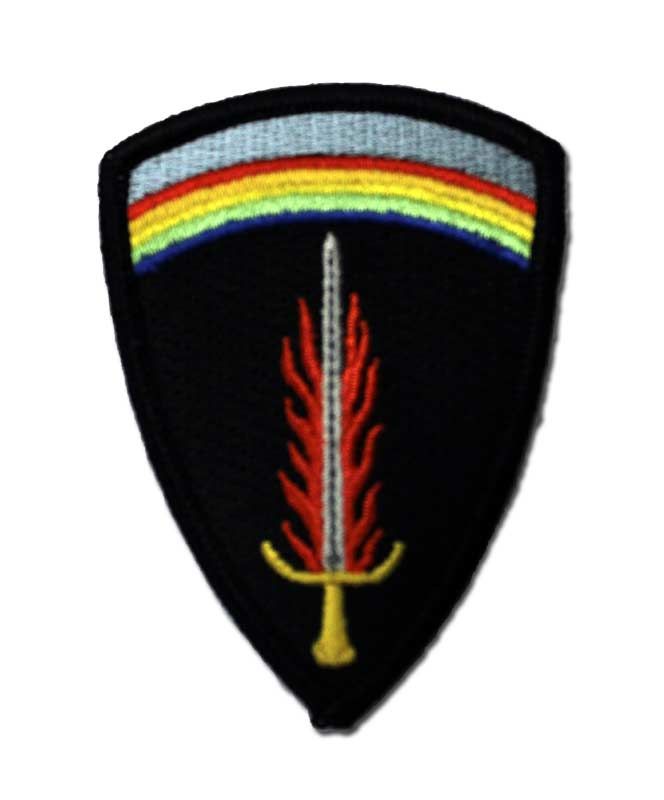
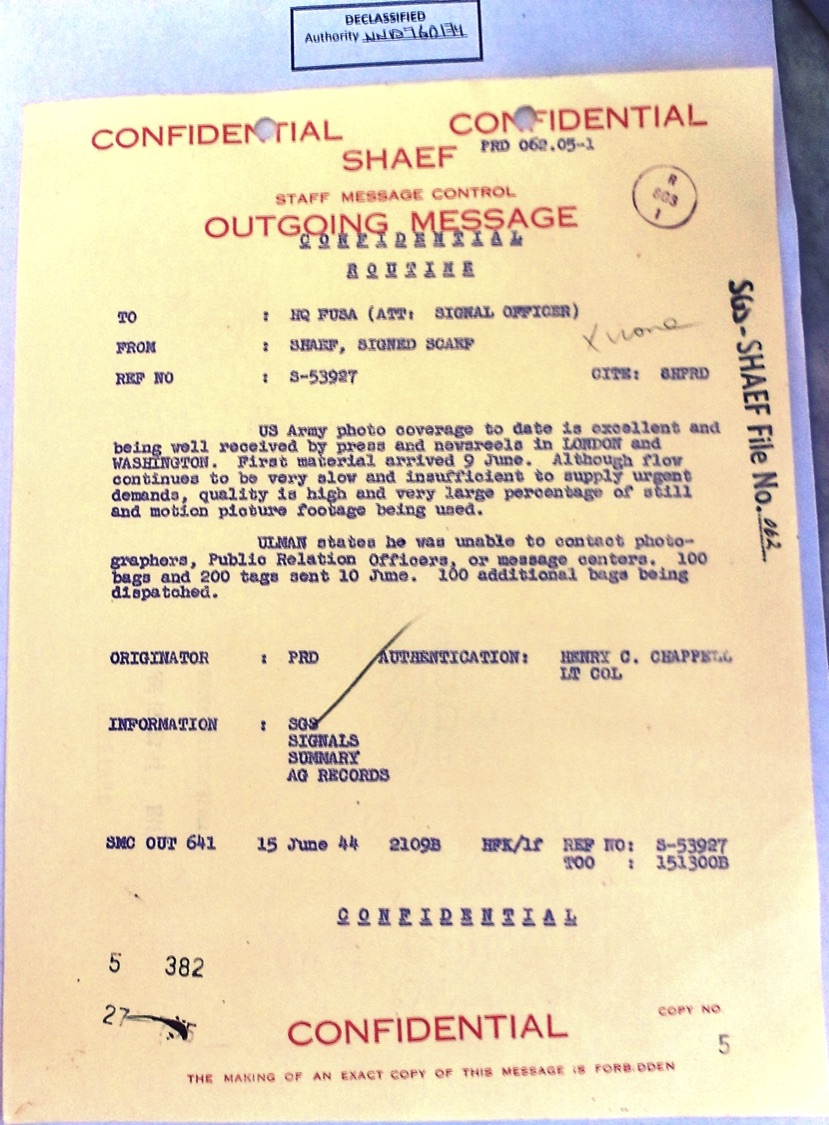
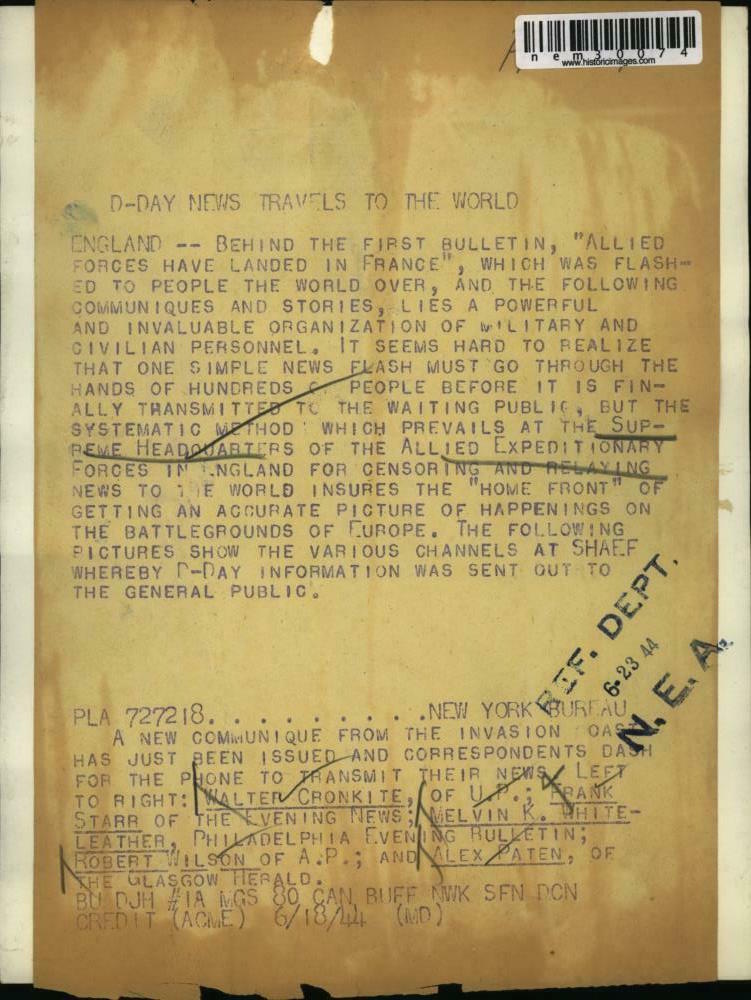




Great sleuthing and addition to the historical record-thanks for posting! V/r JS